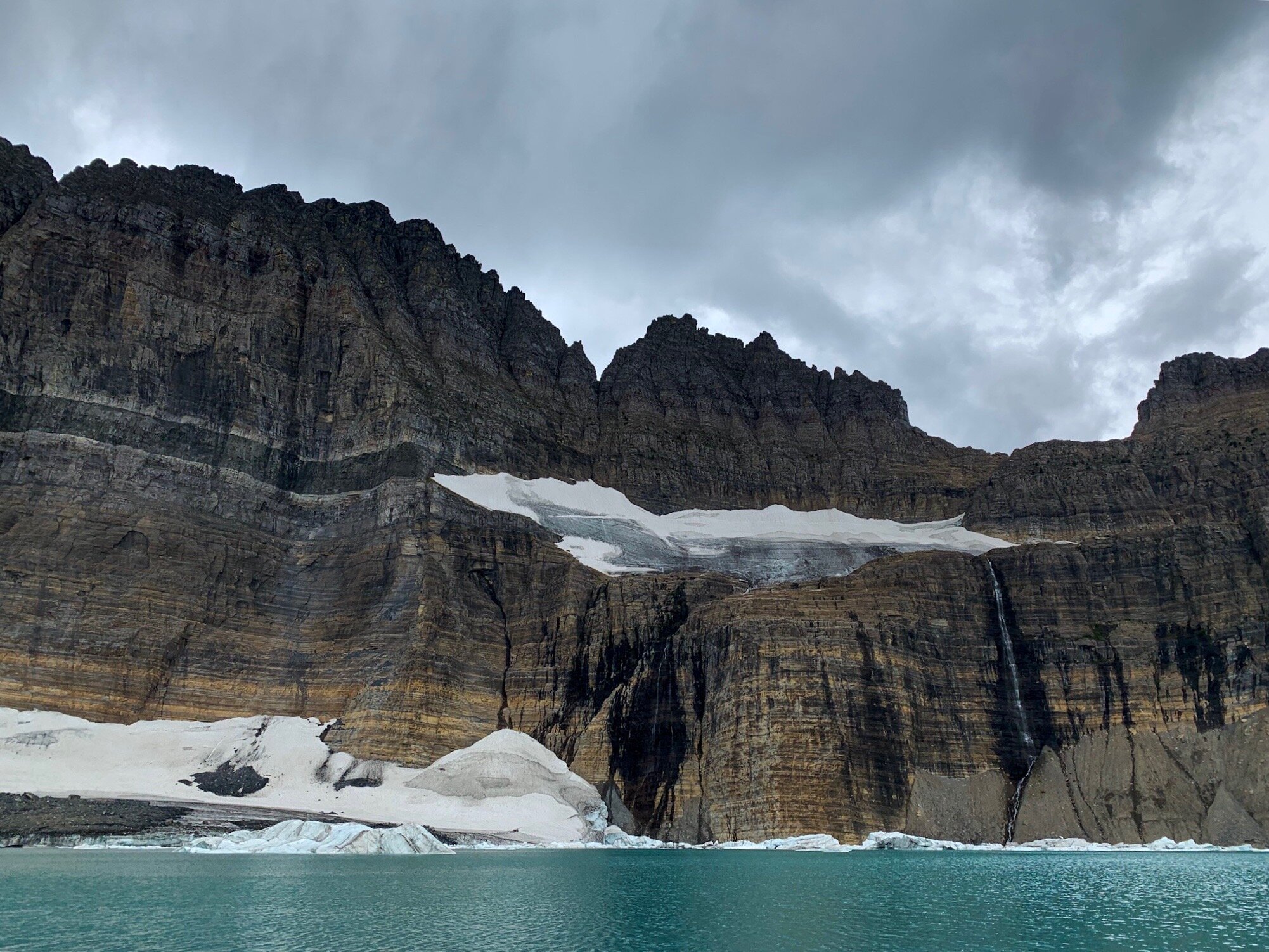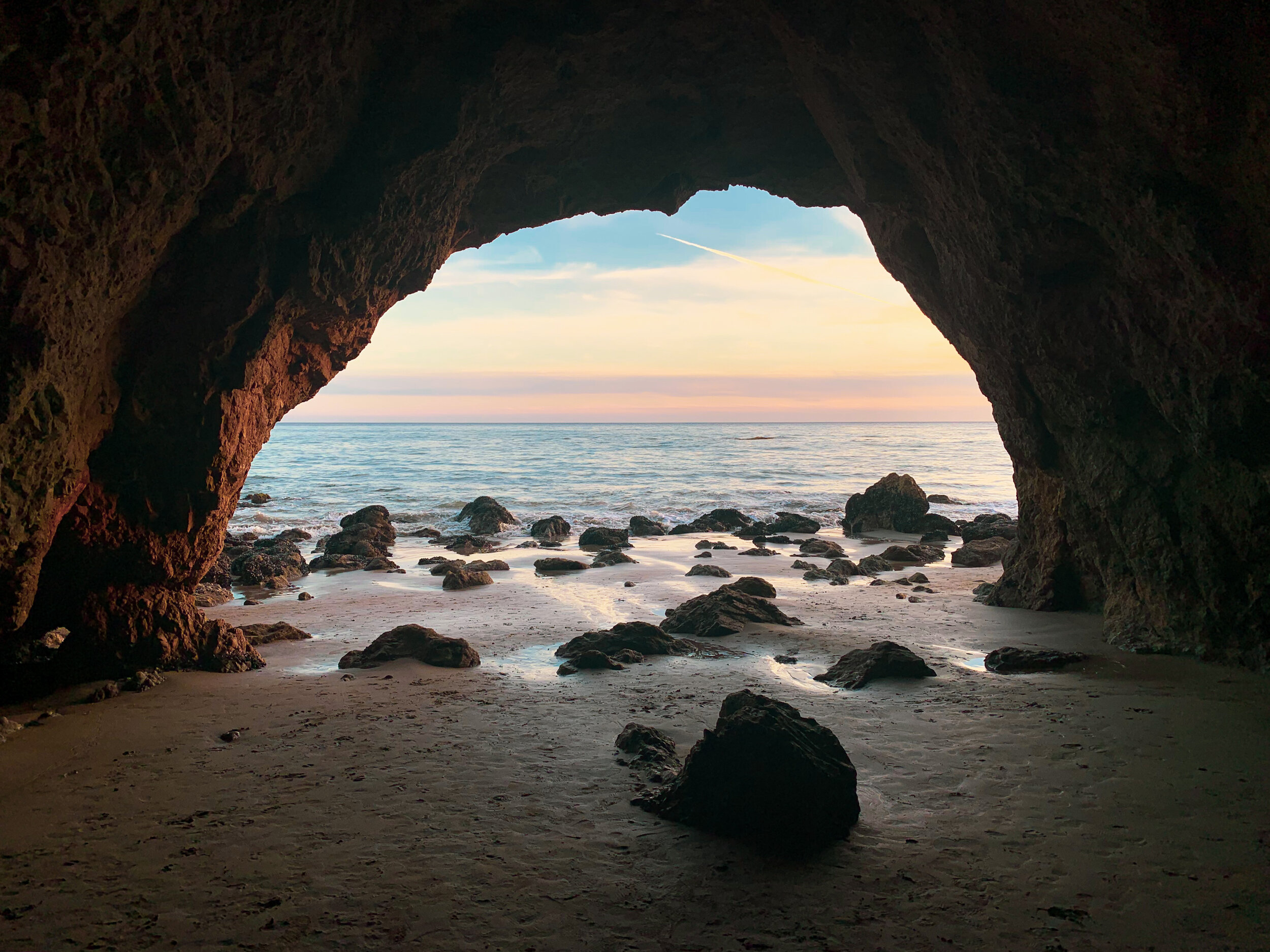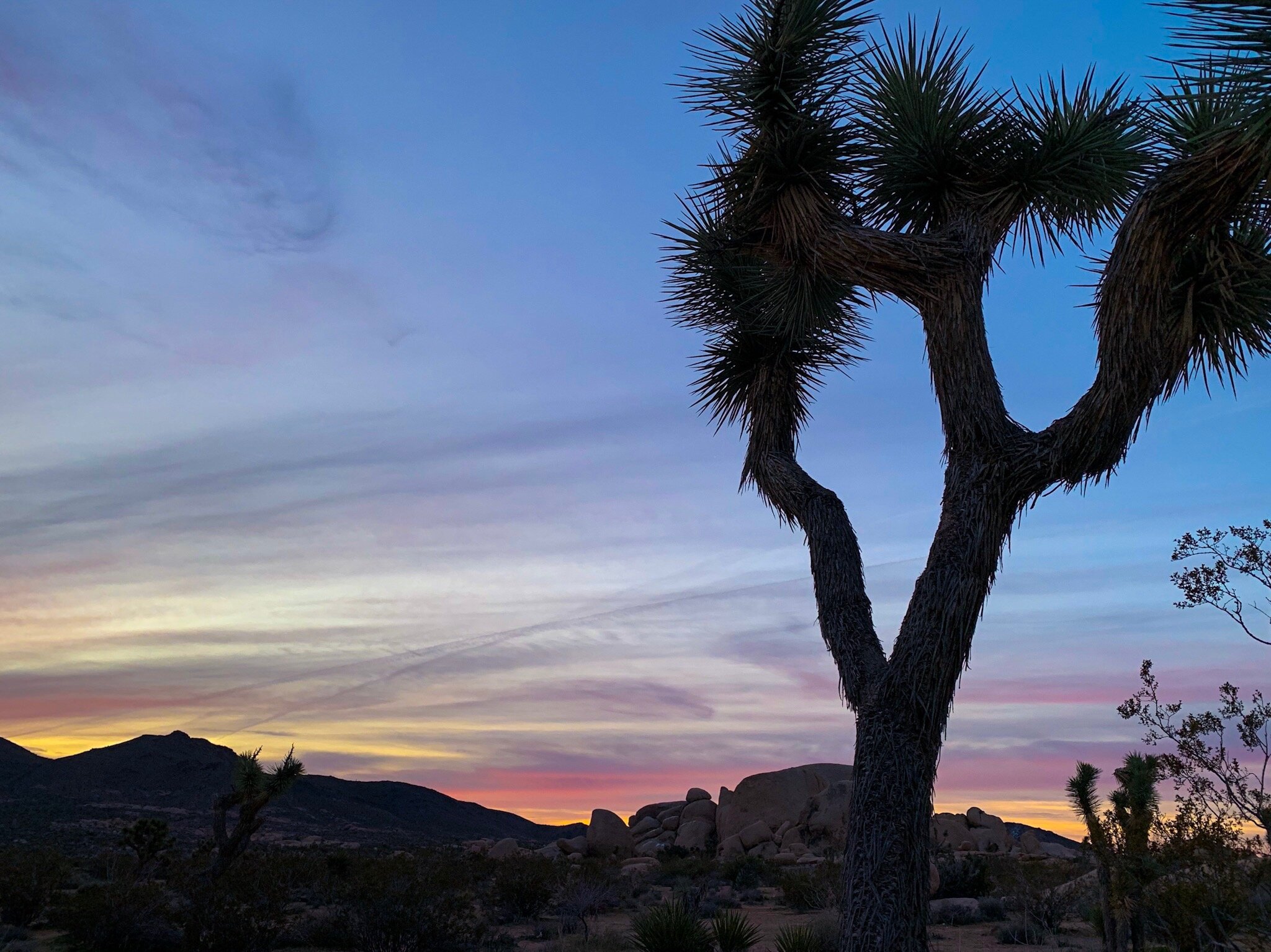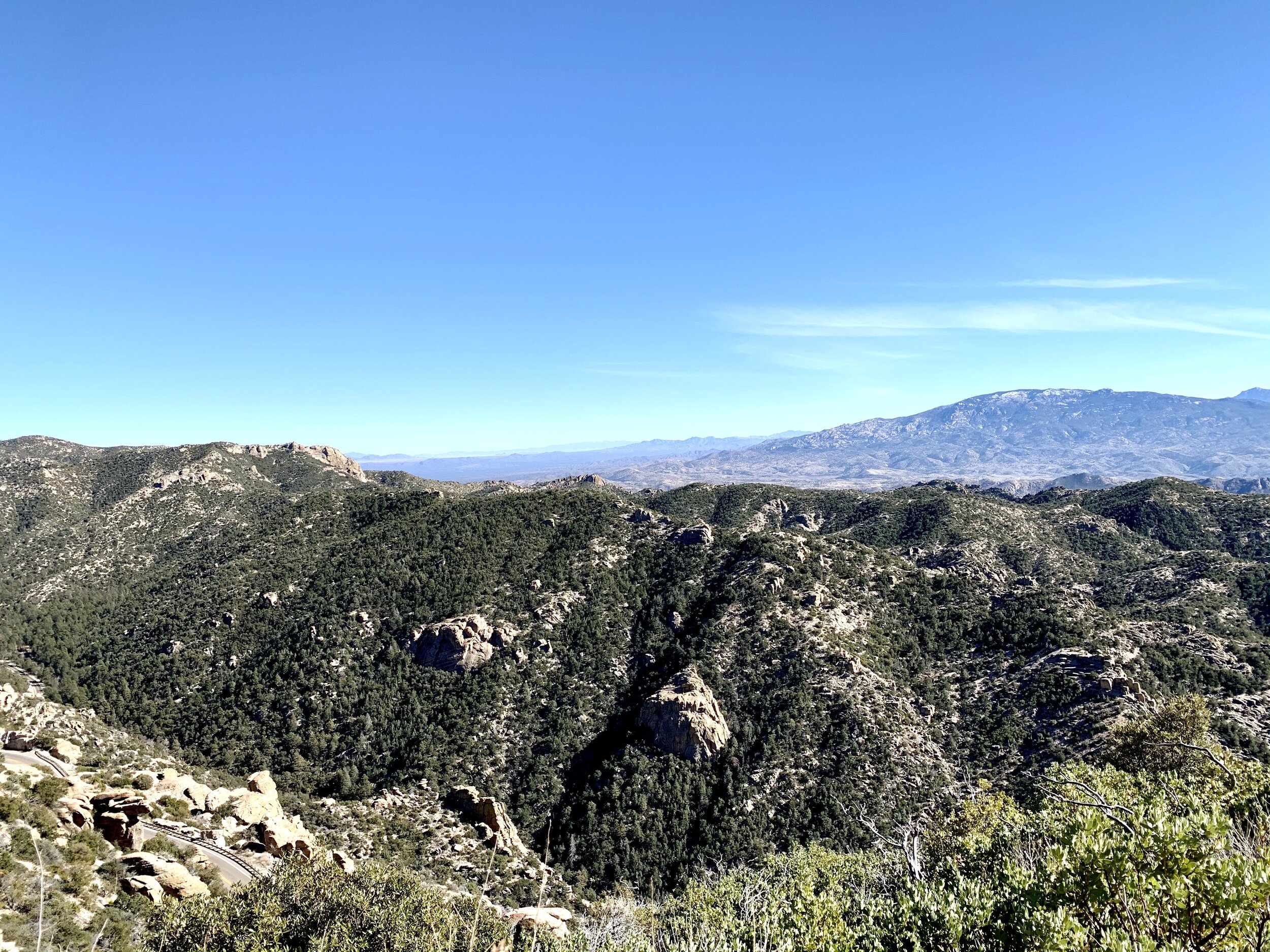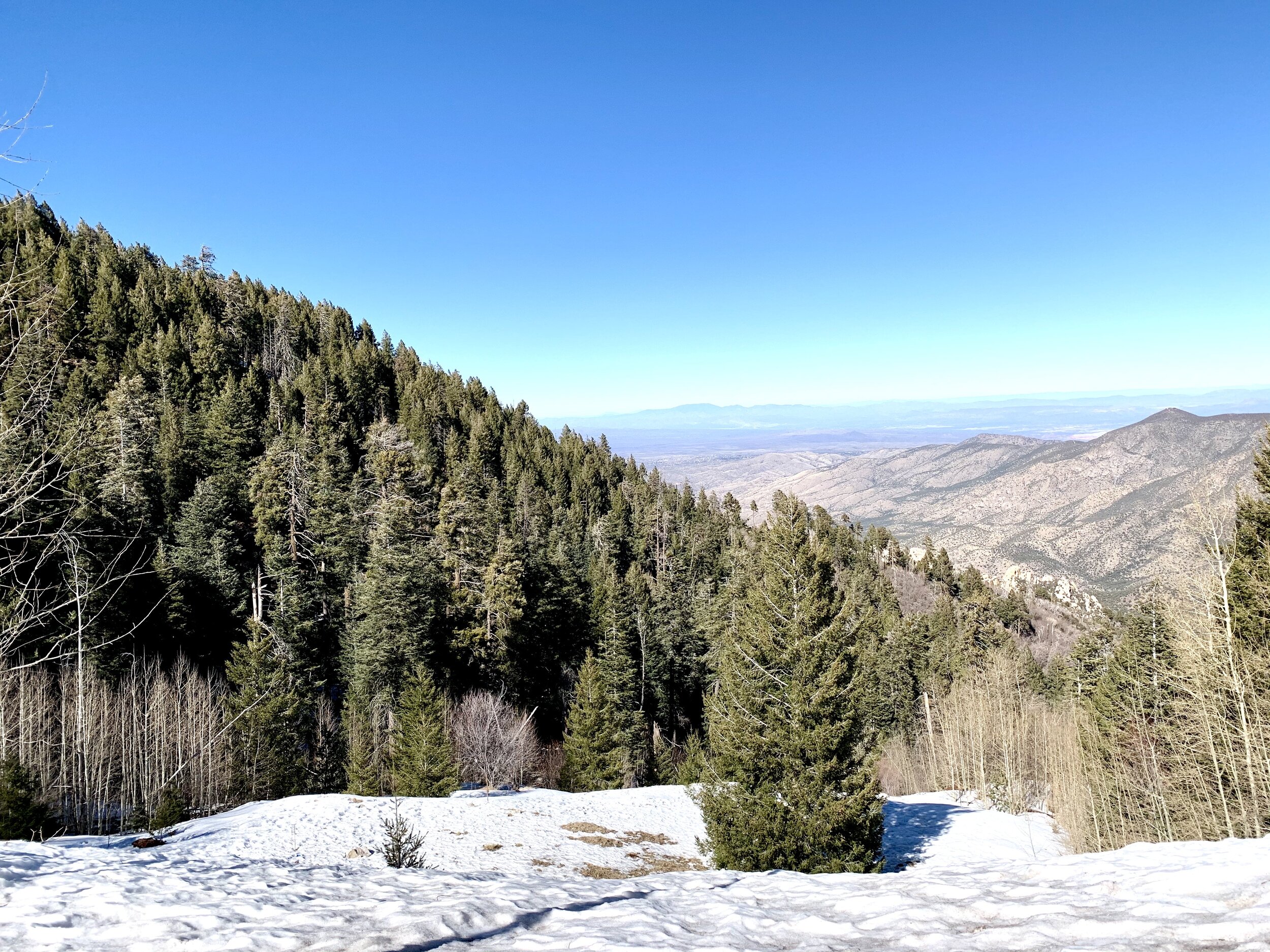With every other post on social media being about the coronavirus right now, it’s easy to feel anxious about traveling and exploring new places, especially if your usual mode of transportation is an airplane. For those of us with the travel bug (or even those with just the springtime itch to travel), this time can be one of anxiety, frustration, and a feeling of being stuck. The thing is, you don’t have to go far to have an epic adventure, and likely, there are places not to far from where you live that you haven’t discovered yet. Having a “stay-cation” might just be the best way to fuel that adventure craving without getting on an airplane, and this is the best way to do it.
El Matador Beach, CA
Realize that anything can be an adventure
You don’t have to be new to a city to explore it. One of the most productive things I’ve done since I started traveling is realize that I don’t know everything about my hometown. It’s super easy to assume you have nothing left to see in or around your hometown, but the truth is, there are always hidden gems that you don’t know about yet. Check to see if there are any hiking trails you haven’t done before, or parks you haven’t been to. Museums are always changing out their exhibits, and restaurants always have new specials to try. Even something as small as going to a new ice cream shop can be an adventure if you approach it with the right mindset.
Visit a local state park! Lake Anita State Park, IA
Make a list of the things you GENUINELY love doing when you travel
When you’re on the go exploring new cities far from home, what is it that you always make sure you do? For example, some of my friends enjoy checking out a coffee shop right when they arrive in a new place. For cities, I like to explore the art scene and go to art museums. When I visit natural places, I like to learn about the geology and wildlife in the place I’m visiting and then go on a hike. When you realize what makes your passion for travel shine when you’re far from home, you’ll be able to figure out what you might love doing in your hometown.
I love being outdoors when I travel, but sometimes just a visit to a city park will suffice. Mount Tabor Park, OR
If you’re worried about cities, stick to the outdoors
This one simply has to do with the fears of getting sick that are circulating through social media. Not only is exploring nature incredibly good for your health (exercise and fresh air), but it will get you out of those dirty cities where germs are spread. There are tons of National and State Parks all over the world (yes, there are National Parks almost everywhere), so go hit your local one and appreciate the beauty of nature.
If you’re in the US, National Parks have different categories. Visit a National Historic Site, National Recreation Area, or National Monument. Each type offers a little something different, so if you’re not that into hiking, you’ll still be able to find something fun to do in your local NPS sites.
National Parks aren’t just for the outdoor enthusiast! Visit historic sites like Gettysburg National Military Park
Take a day trip
Normally, I’d say take a road trip, but since most people don’t live out of their vehicles, you’d need to stay in hotels, and frankly, I don’t think a lot of people are doing that during this moment in history. So, my best advice instead is to take day trips. Choose a place that’s only an hour or two away from your hometown, and make a point to go there and explore for a day. Two hours is plenty of time to get back in time to sleep in your own bed, but you won’t find yourself lacking in time spent at your destination. Of course, National Parks are great for day trips, but so are beaches, lakes, and even smaller cities, depending on what you’re interested in or what you feel comfortable doing.
Go to somewhere close by to where you are or where you live, such as your local National Park. Indiana Dunes National Park, IN
If you’re itching to explore, this strange point in time might be hitting you a little extra hard, but the truth is, there’s adventure in the everyday, even if that everyday is spent in your hometown. There are likely tons of places you haven’t explored right near where you live, so branch out, visit a local state park, and make anything an adventure.











